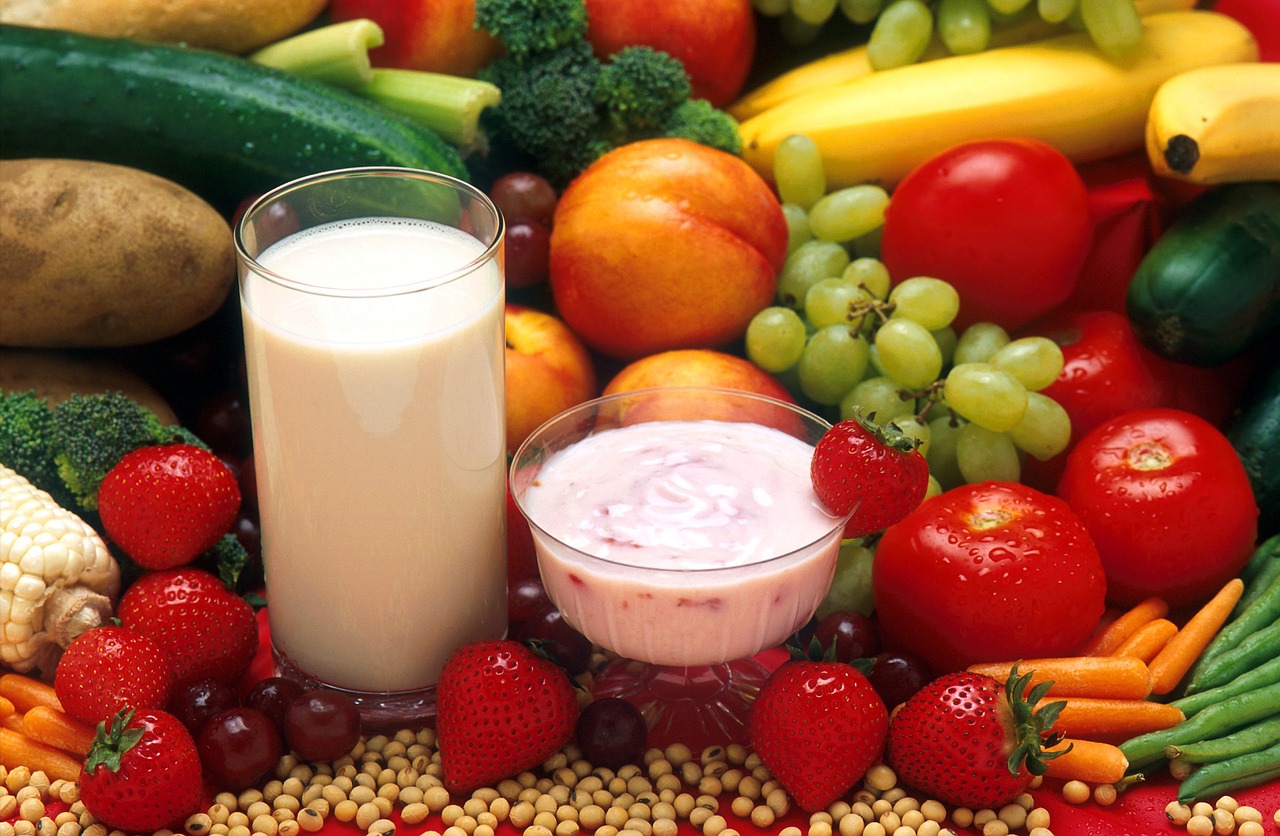
Beware of fruits and vegetables that look too good to be true. Image: Pixabay
In subject parlance, it is said that the beautiful concept of “food’’ is ridden with a perennial curse word, namely “perishability”.
Argumentatively, food quality is never static and is always on the downslide unless preserved. Even when subjected to methods of preservation, there is a limited time in which any food is fit to be consumed. This is known as GRAS status (a standard acronym for Generally Regarded as Safe). Hence, there is always an uncanny and unethical temptation by some stakeholders to present a food item in a manner which is not true to its nativity and purity as far as quality is concerned. It follows that this food is neither safe, palatable and certainly not in the premise of legality.
In the viewpoint of consumerism, if a consumer buys a spurious non-food item, he is cheated generally once, namely financially. However, if this is about a buying concept involving food and the purchased item is of sub-quality, and furthermore it is consumed, then the consumer is compromised twice.
First, financially and the second more serious aspect is the repercussions on health and wellbeing, which may be much more permanent. Indeed, the deliberate act or acts of knowingly demeaning the original quality of food and presenting it to society at large, that to incognito, is something to get up and get educated about. Indeed, adulteration is a serious crime and a matter which concerns all of us.
Adulteration refers to a set of circumstances where a food product, when studied and analysed, fails to meet the required legal benchmarks. The methodology of adulteration is varied and may serve various objectives.
It may be aimed at increasing the grammage of the final product with a stoic indifference towards the content and final quality of the product. Substances may be added which are either available food items of sub-quality or non-food items. The horrifying reality in the case of meat adulteration is that among meat and meat products, components used to adulterate are water or ice, carcasses, or carcasses of animals other than the animal meant to be consumed. There is a blatant disregard for aesthetics and finesse also in this methodology.
Little wonder that there are recorded doctrines to state that in ancient Rome, public hanging was the immediate punishment meted out to anyone indulging in what they termed,”a sin next to adultery”, the linguistic similarity between the two words is both evident and obvious and certainly not a coincidence.
Vedic literature states that there was a practice of actually offering food to fire, to understand its constituents and their purity. Furthermore, the offering of food to birds and animals in the Gurukul environment also served the same purpose of assessment of its efficacy, as animals are said to be more astute sensorily.
The whole concept of food adulteration has been assigned to serious and protracted legal acts and one of the first objectives is to define accurately, the concept of adulteration. The Federal Food, Drug, and Cosmetic (FD&C) Act 1938 specifies that food is “adulterated” if it meets falls in any of the following categories:
- Detrimental to health because of poisonous or deleterious content;
- Content bearing a substance cited elsewhere in the Act as unsafe
- Container Composition being unsafe
- Product bears or contains a pesticide chemical residue that is unsafe.
- It is, or it bears or contains, an unsafe food additive or stabiliser
- It is, or it bears or contains an unsafe new animal drug
- It is, or it bears or contains an unsafe colour component
- It consists, in whole or in part, of some filthy, putrid, or decomposed substance” or is otherwise unfit for food
It has been prepared, packed, or held under unsanitary conditions (insect, rodent, or bird infestation) whereby it may have become contaminated with filth or rendered injurious to health.
Other corollaries of adulteration also include irradiation, bulking or indiscriminate increase of weight of the food product with a substandard analogue. Importantly, mislabelling, misbranding and even deliberately provided inaccurate information of either the compositional detail or the shelf life details are emphatically regarded as adulteration.
It would be worth noting that the foods most adulterated are milk and milk products, meat, eggs, vegetables and fruits. The foods which are subjected to adulteration maybe both fresh and processed. Interestingly, there are very simple and scientific tests done to assess and detect adulterants. They do not even need instruments and many can be done at home.
They are commonly known as ‘field tests’…because they can be conducted in situ and in the field/area of food production. They are also referred to as ‘platform tests’ because they can be easily executed in the laboratory or home on a work surface or platform. It would be a worthwhile exercise to consider some common adulterants of each of the foods mentioned above and a simple test or two to detect them.
MILK: Milk is ironically the easiest food to adulterate. It is consumed in large quantities world over and is regarded as a “paediatric to geriatric food” and hence, there is an unscrupulous temptation to undermine its quality to increase their profit margins and sales bandwidth.
Consumer-voice.org
MILK: Milk can be adulterated by urea, starch, sugar, more callously by soda bicarb and even different flours. To increase volumes, water is used and the quality of water would have a definite say on the resultant water. Instruments like Lactometer, are commonly used to grade the quality of milk. Tests using iodine for starch, resorcinol for cane sugar or sucrose and even a simple clot on boiling could give details of type or amount of adulteration. In the premise of human health and safety, the procedures and protocols for all these tests are Global Access Documents, much available to one and all for use and propagation. Similar tests are used for the assessment of milk products also.
MEAT: Meat adulteration has both health and aesthetic repercussions. Significantly, type of meat consumption is categorized as per religious and social norms and since it is possible to mask the meat cuts by use of colour and spices, it is possible to adulterate meat cuts with the meat of other animals. Often these animals are beyond the realms of acceptance. Machines and instruments like tenderometer and shear are used to measure tenderness and freshness of meat. Moreover, the animals are sacrificed as is where is and need-based so that carcasses and stale meat do not find their way to the consumer.
EGGS: In the case of this very versatile and popular food, it is possible to adulterate the food in two manners. If the poultry is fed with contaminated feed and feed doctored with hormones and steroids, it results in eggs which may be contrary to safety and wellness norms. Additionally, egg products like desiccated egg powders and egg dishes could be prepared using eggs other than hen eggs. Misbranding and mislabelling of ingredients are aimed at abusing the trust of the consumer.
VEGETABLES AND FRUITS: Freshness and hydrated texture and colour are desirable attributes for both vegetables and fruits, hence, adulteration aims at presenting the natural produce falsely and misleadingly to the consumer.
FSSAI
Spraying of water laced with chemicals of indifferent nature and colouring material which may be potentially allergy-causing properties or which may even be carcinogenic(cancer-causing). Vigorous washing, personal handling of the farm produce to judge the physical and sensory characteristics of them can help.
The underbelly of food processing is both a reality and something that cannot be underestimated or ignored. Adulteration undermines our health and wellness through no fault of ours. It is important to recognise it as a crime in all its evil dimensions and treated as such.
If as a society we unite in our singular requirement for pure and unadulterated food, then we may just get it!
If one sums up the role of a consumer, the requirement is to aim at awareness, education about quality and fundamental rights of consumerism and an absolute demand for uncompromising quality. Indeed it is only through a ‘GrahakJago’ stance that we all can demolish the Demon of Food Adulteration permanently and completely.
Other sources on Food Adulteration
The author acknowledges the use of authentic medical literature to structure this article.
Sign up for the QuackTrack.org newsletter below!














